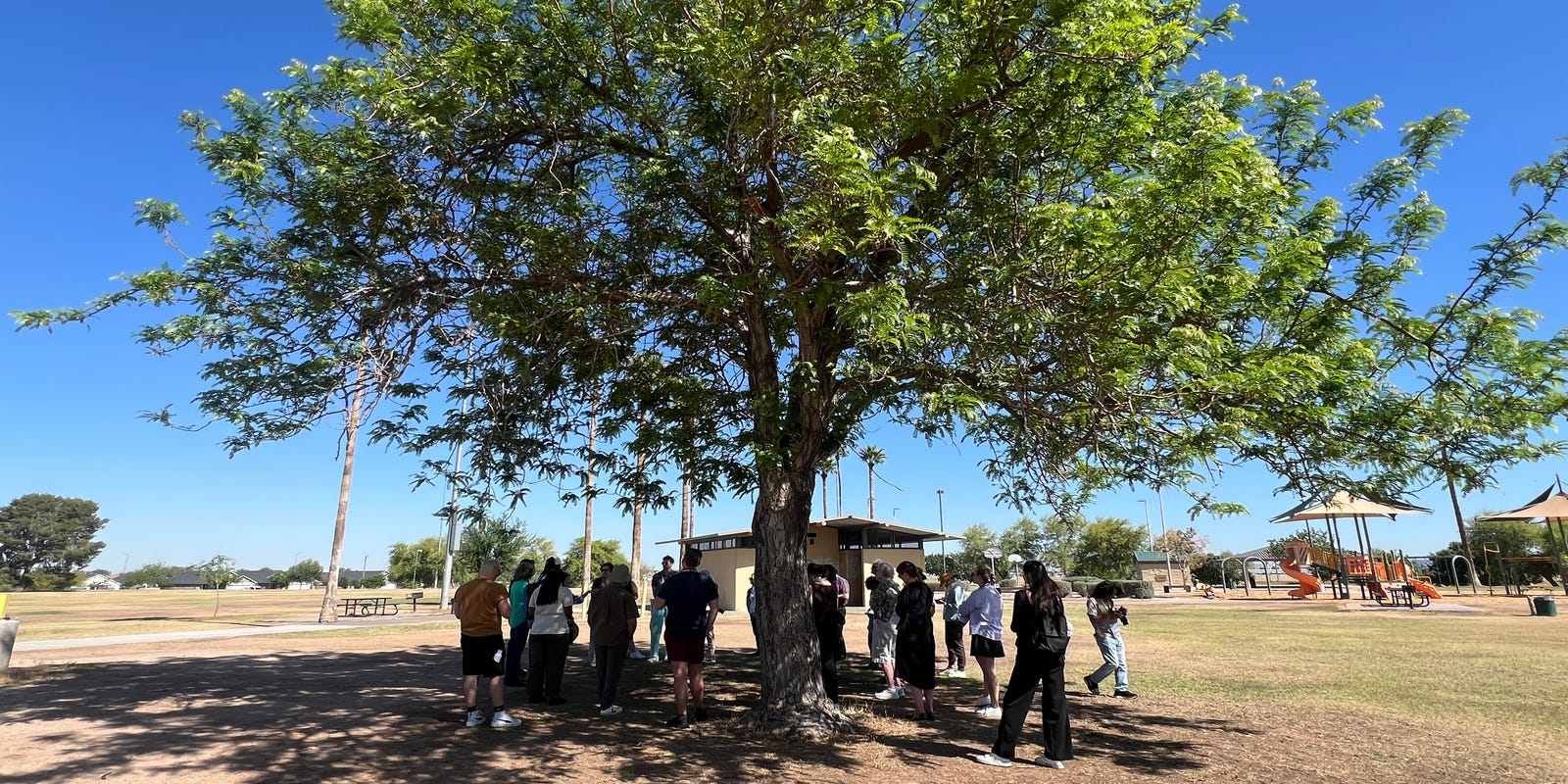Desert Voices: Writers Ignite Conversations on Climate, Activism, and Arizona's Untold Stories

During the recent Society of Environmental Journalists' conference in Tempe, a captivating panel of authors gathered to share insights into their storytelling craft. The writers delved into the nuanced art of communicating complex environmental narratives, exploring how they transform scientific data and ecological challenges into compelling, accessible stories that resonate with readers.
The panel offered a rare glimpse into the creative process behind environmental journalism, highlighting the importance of narrative techniques that can bridge the gap between scientific research and public understanding. Authors discussed their strategies for making intricate environmental issues both informative and emotionally engaging, demonstrating the power of storytelling in raising awareness about critical ecological concerns.
Through personal anecdotes and professional experiences, the writers revealed how they navigate the delicate balance between scientific accuracy and narrative appeal, ultimately aiming to inspire action and deeper comprehension of environmental challenges facing our planet.
